The historic bronze cannons at the Washington Navy Yard show the most extensive bronze disease damage I've seen in a single collection. Most of the weapons are somewhere between moderately and severely impacted. Every weapon I checked at the Washington Navy Yard last week showed evidence of bronze disease. On many, the given names of the weapons are no longer legible; you have to read the sign or look up the names as they were recorded some years ago when they were still legible. All other marks on the diseased weapons are similarly degraded.
I made some calls and wound up with a name and phone number of the person responsible for that area, then left a voicemail since the phone was not answered. I'll follow up on that if there's no response after a reasonable time.
Here's a link to a slideshow of paired photos taken last week, one of a weapon overall, and the other of an area impacted by bronze disease. The numbers "No. __" in the titles of each pair of photos correspond to the Navy's description of these guns, cached from the Naval Historical Center's website.
Slideshow of damaged cannons:
http://tinyurl.com/5bypam
The link below goes to the cached webpage giving the Navy's descriptions of the guns in Leutze Park, Washington Navy Yard.
What should be done about this?
I'm sure smarter people will come up with something better some day, but if I were asked right now what could be done immediately, I'd say:
a. Get the weapons out of the sun and rain immediately.
b. Assess them to see which would benefit most from cleaning, stabilization, and application of microcrystalline wax.
c. Treat the cannons in priority order established in step b, as funding is available.
d. Re-assess ultimate display/storage location to optimize security/stability/public access/interpretation.
Navy's descriptions of guns in Leutze Park
http://64.233.169.104/search?q=cache:VL ... cd=1&gl=us




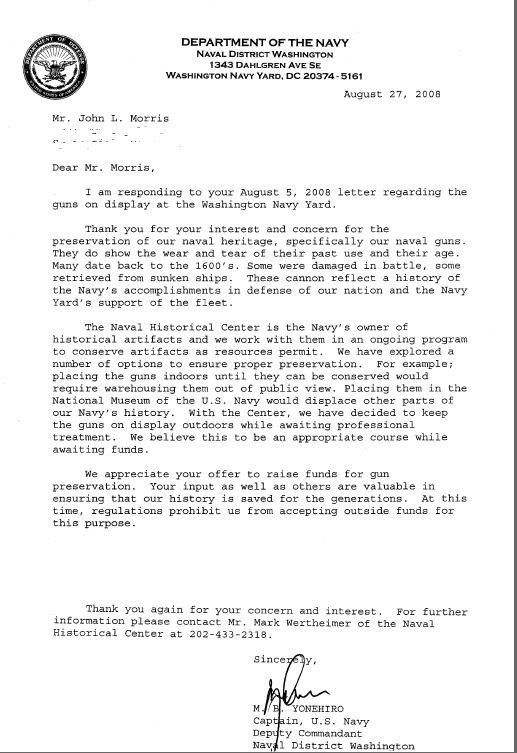

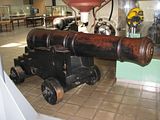
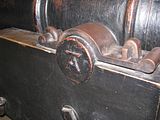
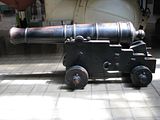
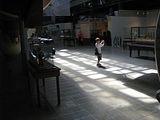
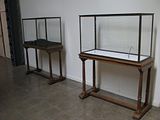

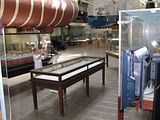

Bookmarks